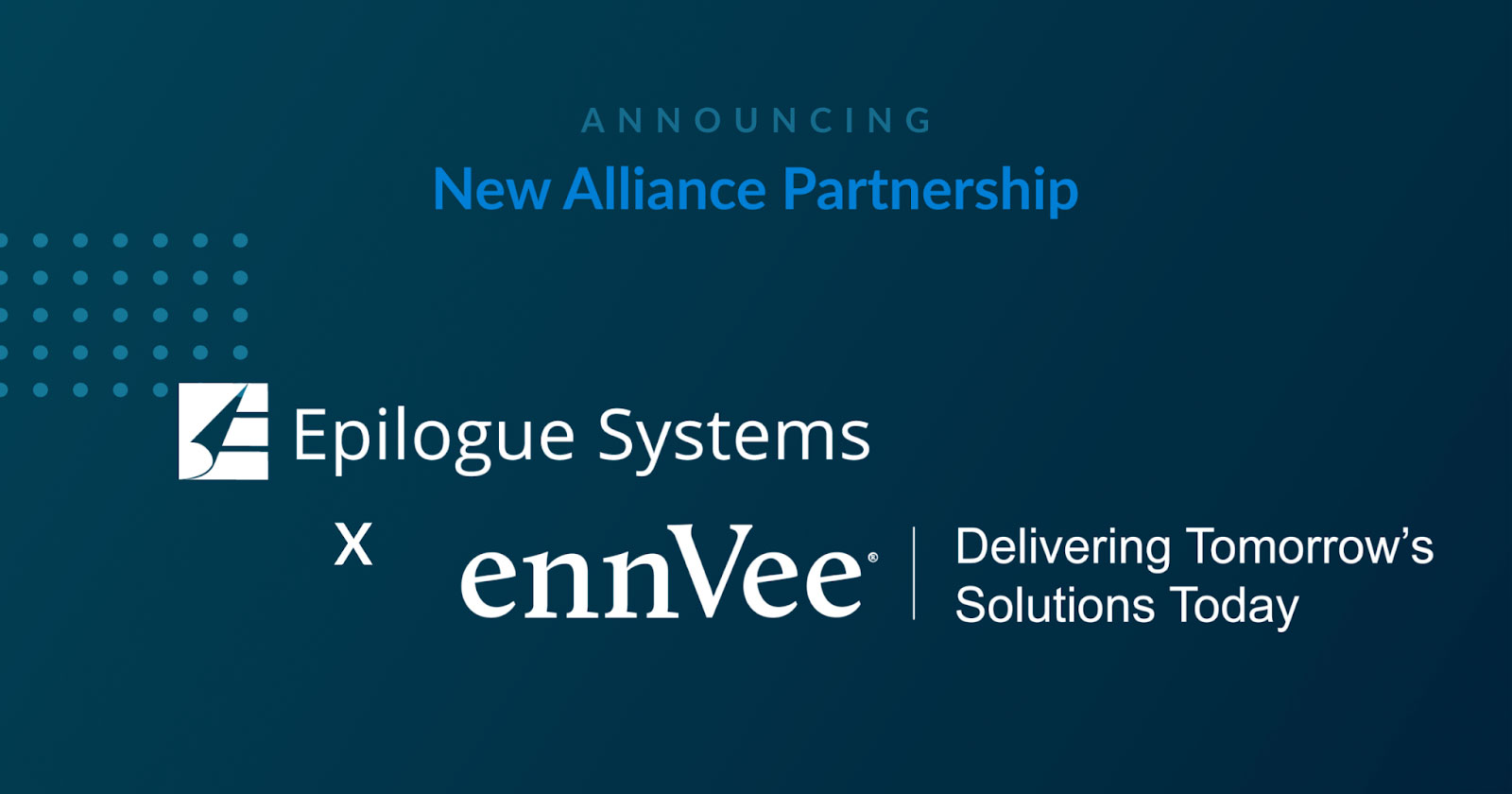
7 Employee Training Strategies to Optimize Workplace Success
Did you know the average cost-per-hire is $4,129?
No wonder when an employer hires a new employee they want to make sure they have the proper training.
Are you at a loss for how to train your employees in a timely manner?
With so many different ways to train new employees, it can be an overwhelming decision. Planning out employee training will have long term benefits for you and your company. It will help reduce turn over and avoid extra costs associated with hiring a new employee.
This article may help you reduce training costs without increasing the turnover rate:
Here are 7 must-know employee training strategies you should consider.
Before Choosing Your Employee Training Strategies
Before choosing the training strategies to help your business be more successful there are a few questions you want to ask yourself. The answers to the questions below will help you select which strategies you should use, in what context, to achieve the best outcomes.
- What are your training goals?
- Safe workplace
- New skills
- New techniques for old skills
- Retain institutional knowledge
- What is your budget?
- How much time will be devoted to training for a new hire? For re-training existing employees?
Your Employee Training Strategy Options
From traditional to modern and tech-enabled, there are many employee training strategies, and each can be effective in the right situation.
1. Classroom Style Training
Classroom style training is the strategy of choice for many organizations. It is familiar, relatively easy to manage, and accessible for participants. Limited technology is required for classroom training, and it can be an efficient way to train lots of employees in a group setting. In a classroom environment, all attendees receive the same information at the same time from a knowledgeable instructor. While the classroom will rightfully always have a role in employee training programs, it is frequently less effective in helping people retain net new information than other technology-enabled strategies.
2. Employee Mentoring
This training method is a great way to transfer knowledge from seasoned professionals to less tenured employees. One of the primary benefits of a mentoring program is in the transfer of “soft skills” – understanding how to interact with different audiences, learning how to navigate an organizational hierarchy, and even general business acumen. Of course, it is also a great way to transfer knowledge around specific systems and processes, develop leaders, and improve retention of top performers.
3. Brown Bag Seminars
This is a more informal type of training method. These are seminars that are offered during employees’ lunch breaks. This method is mainly for current employees to improve certain skills, or learn about new company initiatives.
These seminars work best when they are put out there as a voluntary option. Some companies even provide catered lunch for attendees, which is a great incentive to get people to attend. An often overlooked side benefit of brown bag seminars is that employees who generally don’t cross paths will interact with one another, which can have significant positive impacts across the organization.
4. Hands-On Training
This type of training puts the employee right in their new position from day 1. They are able to learn as they go and as situations arise. This type of training requires a coach or a mentor to be there helping them get through their new tasks as they come up.
The mentor or coach, in this case, is a guide, not the person doing the work. This type of training works well because the new employee gets the first-hand experience that makes them confident in their new position.
5. Learning in the Flow of Work
This method of training is the perfect way to make employees happy and reduce turnover rates because it’s consistent learning as part of their daily work experience. The simplest way to explain this type of training is that it takes place while people are working. Instead of stopping in the middle of a task to learn about how to complete the task, workflow learning lets employees learn about what they are doing, while they are doing it.
Learning in the flow of work is an incredibly effective way to reduce post-training knowledge loss. It can also dramatically increase employee productivity, particularly within enterprise applications like ERPs, HCMs, CRMs, etc.
If you choose this method, make sure you have a learning platform that facilitates learning in the flow of work for your employees. Keep in mind learning management systems are not necessarily conducive to workflow learning. Look for a learning platform that will be able to give your employees the right knowledge to get their jobs done faster.
6. eLearning Training
This type of training is a great option for remote employees to train from their own computers, laptops or even cell phones. The employer puts training modules on the intranet, or deploys them via an LMS to specific employee groups.
eLearning training can be prescriptive and timebound, like when a course needs to be completed for compliance reasons. IT can also be self-paced and open-ended, allowing employees to move through content at their own pace, and re-take certain courses if they wish. One benefit of this type of eLearning is the ability to track employee interaction with and completion of various courses.
7. Employee Cross-Training
This type of training is particularly useful for small businesses. Employees are skilled up on several different roles within the company. This comes in handy if someone is absent or leaves for another opportunity, as a cross-trained employee can fill the gap until the situation returns to normal.
Cross-training employees not only gives peace of mind that no position has a single point of failure, but it also helps employees get to know each other and have camaraderie.
What’s the Best Training Option for Your Employees?
The list above is a brief overview of some of the best employee training options for your business. It is likely that a combination of different approaches will be the best path forward for most organizations.





